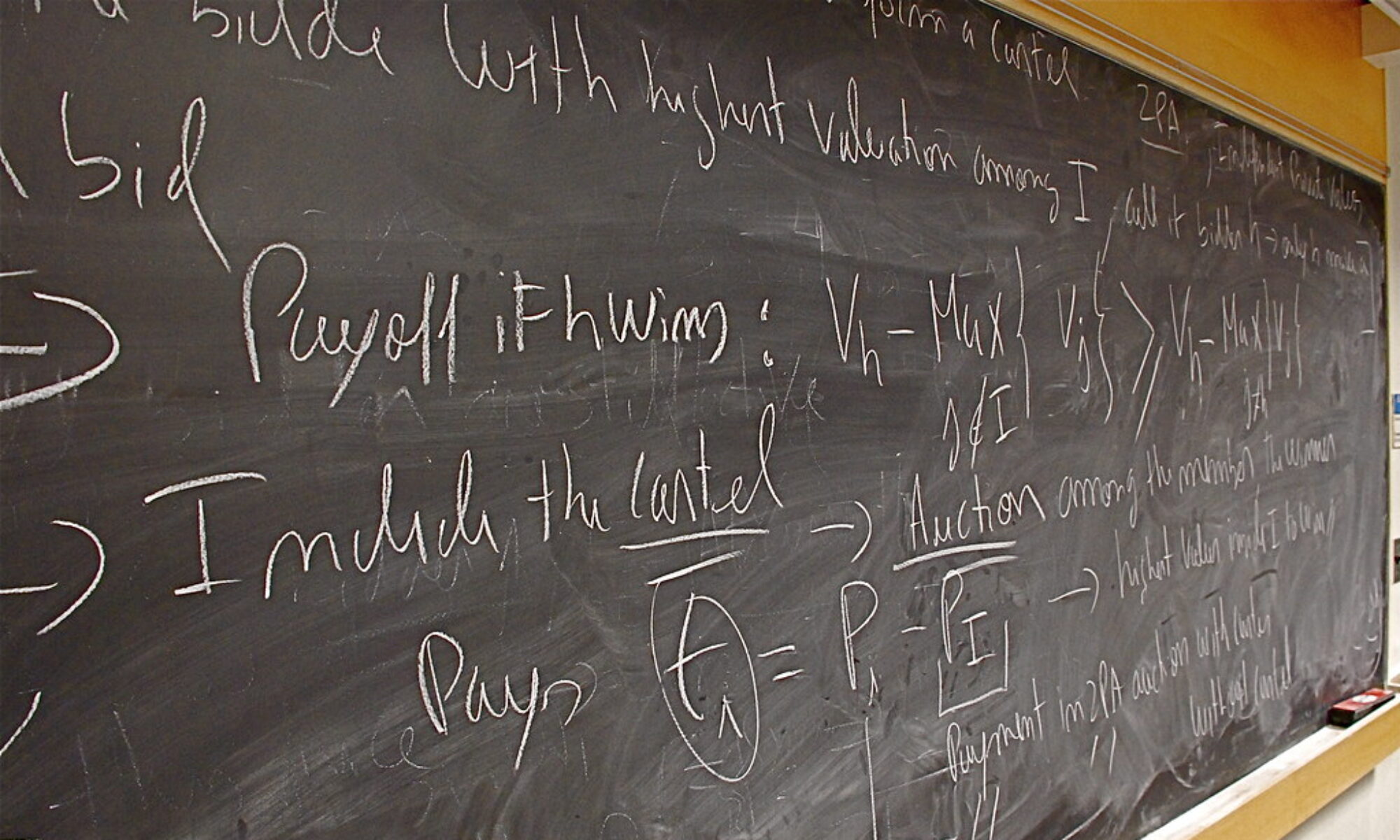After the Brown v. Board of Ed. case, many public schools, staff, and administration began enacting different teaching pedagogies and methodologies to address the issues of racial inequality within the education system; public schools slowly became integrated and implemented the color-blind theory. However, the pedagogies and methodologies only addressed the physical space of schools, thus maintaining the educational achievement gap and racial inequality (Ladson-Billings 6). Many parents of color, school staff/administration, and government officials believed that even though students of color were in spaces that had better resources, teachers failed to equip them with valuable tools needed to succeed in academia and careers outside the blue-collar jobs. On the other hand, some white parents feared that their children would not be equipped with the necessary tools because of the new divergence in resources.
Scholars in the education field sought out new pedagogies/methods that address both the physical and theoretical problems plaguing the educational system. In the 1980s, James A. Banks pioneered the concept of multicultural education, which calls for a total reformation of the whole structure of the public school system. According to Banks:
“Multicultural curriculum is designed to restructure the educational institutions so that all students, including middle-class white males, will acquire the knowledge, skills, and attitudes needed to function effectively in a culturally and ethnically diverse nation and world” (23).
“Multicultural education recognizes that America is a nation with vast identities instead of a single homogenous identity (i.e White American) and challenges educational curriculums to reflect that. Through this reflection, students would receive an equitable and valuable education. Multiculturalism looks at different frames of knowledge and how culture constantly impacts it (Banks 25).”
Additionally, multicultural education highlights prejudice reduction, which “focuses on the characteristics of children’s racial attitudes and on strategies that can be used to help students develop more positive and ethic attitudes” (Banks 27). Thus revealing how children’s ideas of race are partly dependent on the teachers’ views of race. Multicultural education emphasizes an equity pedagogy to equip teachers with the necessary tools and techniques to “facilitate the academic achievement of students from diverse racial and ethnic groups and from all social classes” (Banks 27). Multicultural education works to create a more equitable environment for teachers, students, staff and faculty.
Anti-racist education continues the groundwork of multicultural education. Similar to multicultural education, anti-racist education addresses the manifestations of racism within the classroom. The theory calls for a reassessment of teaching pedagogies and methodologies to equip students with the appropriate skills and knowledge to live in a culturally diverse world. Many teachers support anti-racist and multicultural education, but many reports feeling inadequate to implement it in their classrooms (Lin et. al 187).
This reveals an inadequacy in the training teachers receive from their schools. Anti-racist education asks that teachers not only “reflect on how they are adjusting and modifying lessons to be more inclusive” but also “reflect and recognize aspects from their own culture” that are included in the curriculum (Lin et al 190). Reflection is a process of reframing and recontextualizing an individual’s truths/biases that are culturally based, which allows both teachers and students to develop a deeper understanding of other cultures.
To implement anti-racist/biased education, Lin Miranda, Vickie Lake, and Diana Rice suggest teachers undergo field-based training, build strong relationships with parents, receive service-learning, and consistently do self-reflections. Field-based training refers to the training educators receive before entering the field. Scholars believe training should use a “knowledge of practice” model which allows teachers to learn theoretical rationale, see such practice models, apply the practices with coaching and feedback in a classroom setting, and reflect on how the practices worked for their children (Lin et al 191). Scholars also urge parents to be involved in the curriculum process as they are great resources to help address the cultural and special needs necessary to students (Lin et al 192). Lin, Lake, and Rice suggest inviting parents to training programs and performing home visits to build the parent-teacher relationship (192). Studies show that teachers who consistently self-reflect are more likely to develop multicultural knowledge and sensitivity (Lin et al 194). Additionally, teachers should undergo service learning in which they learn about and provide services/resources that support students and their community (195). The success of the anti-racist curriculum rests on the training educators receive from their schools. If teachers are given the tools that support an anti-racist education, teachers can foster an environment built upon equity and diversity.
One of the current challenges to implementing anti-racist education in public schools is the lack of scholarship surrounding the pedagogies and methodologies that centers U.S. k-12 education. Most scholarship done on the subject stems from the work done by education/policy and law scholars in Canada and the United Kingdom. However, the lack of American scholarship surrounding anti-racist education emphasizes the importance of the theory in public schools.
